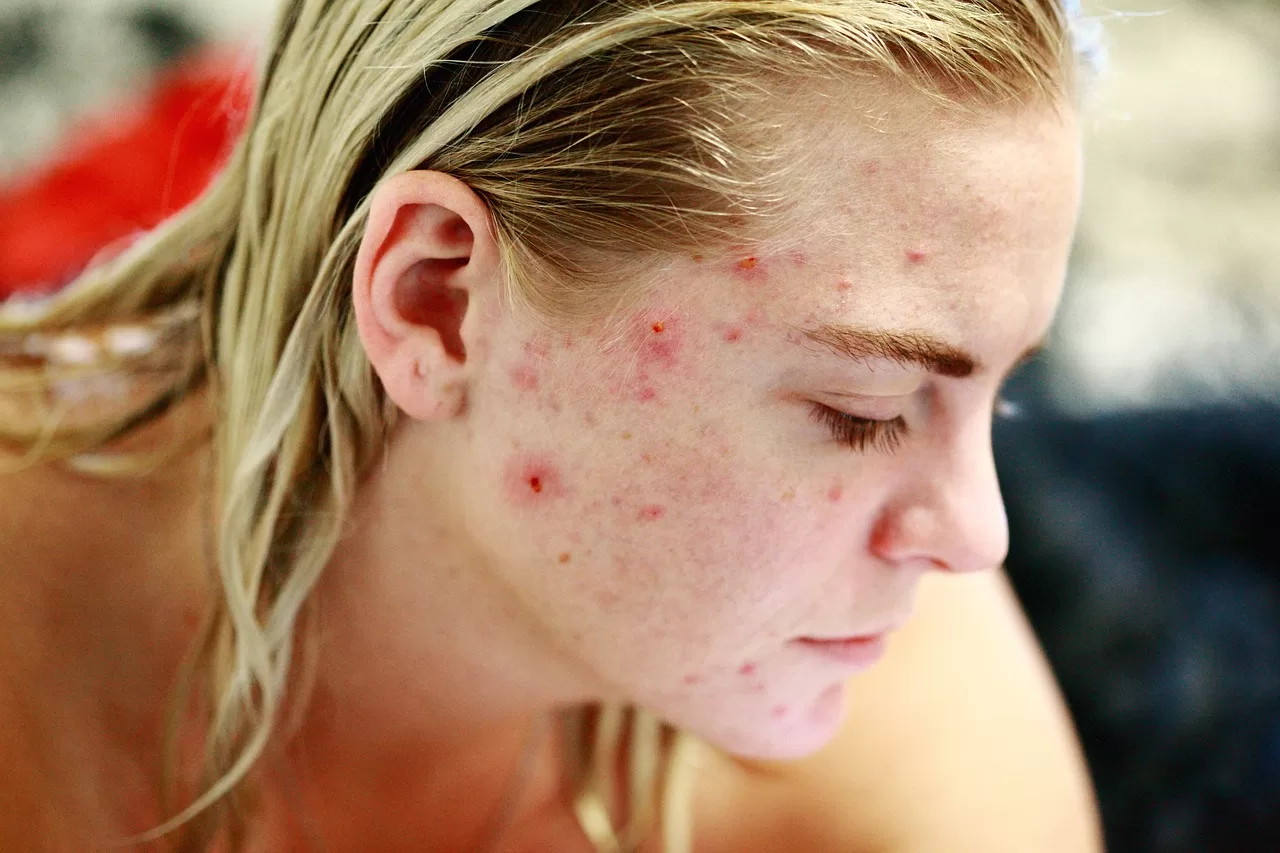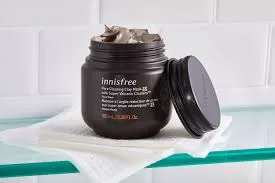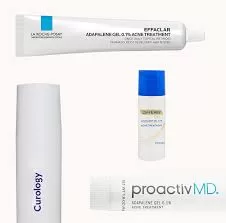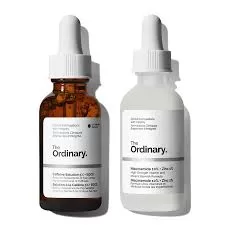Esthetician Extractions and Acne Scars: What to Know
Acne Scars and Esthetician Extractions: Getting extractions during a facial can be a tempting way to clear clogged pores and blackheads. However, it’s important to understand the potential risks, especially for those with acne-prone or sensitive skin.

Acne Scars and Esthetician Extractions
Extractions, when done correctly by a trained professional, typically shouldn’t cause scarring. However, there are factors that can increase the risk:
- Improper Technique: Applying too much pressure, using unsterile tools, or extracting blemishes that aren’t ready can damage the skin and lead to scarring.
- Sensitive Skin: Skin that reacts easily to irritation or inflammation is more prone to scarring post-extraction.
- Picking at Extracted Areas: Picking or touching the area after extraction can introduce bacteria and hinder healing, potentially causing scarring.
Acne Scars and Esthetician Extractions: Your Situation
In your case, it’s concerning that the esthetician performed deep extractions despite knowing your concerns about scarring and tretinoin use. Tretinoin (tret) can thin the skin, making it more susceptible to tears and scarring during extractions.
The horizontal lines you describe could be temporary marks from the pressure of extraction, or they could be early signs of scarring.
Alternatives to Extractions
While extractions can be effective for some, they aren’t the only way to address clogged pores and blackheads. Here are some alternatives to consider, especially if you have acne-prone or sensitive skin:
- Chemical Exfoliants: AHAs (alpha hydroxy acids) and BHAs (beta hydroxy acids) can help loosen dead skin cells and sebum buildup within pores, minimizing the need for extractions. Opt for gentle formulas and start with infrequent use to avoid irritation.
- Clay Masks: Clay masks can absorb excess oil and help draw out impurities from pores. Choose a clay specifically formulated for acne-prone skin and follow the usage instructions carefully to avoid drying out your skin.
- Retinoids: Tretinoin, a prescription retinoid, is a powerful ingredient for treating acne and promoting cell turnover. It can help keep pores clear and minimize the appearance of blemishes. However, it can also increase sun sensitivity and skin thinning, so consult a dermatologist for guidance.
By incorporating these alternatives into your skincare routine, you can achieve clearer skin without the risk of extractions.
Recommendations
- Minimize Scarring: Here’s what you can do to minimize the risk of scarring:
- Moisturize: Keep your skin well-hydrated with a fragrance-free, gentle moisturizer. This promotes healing and reduces inflammation.
- Sunscreen: Daily sunscreen use with SPF 30 or higher is crucial to prevent hyperpigmentation (darkening) of the affected areas.
- Don’t Pick: Resist the urge to touch or pick at the extracted areas. This can worsen inflammation and increase scarring risk.
- Consult a Dermatologist: If you’re concerned about potential scarring, consult a board-certified dermatologist. They can assess the marks and recommend scar-minimizing treatments like silicone gel sheets or laser therapy.
Ingredients to Look For
While there’s no magic cream to erase scars completely, some ingredients can help improve their appearance over time. However, avoid products with harsh exfoliating ingredients (like scrubs) or irritating fragrances, as these can worsen the situation.
Here are some gentle ingredients to look for when choosing scar-minimizing products:
- Hyaluronic Acid: This plumps the skin and promotes healing.
- Vitamin C: An antioxidant that helps reduce hyperpigmentation.
- Niacinamide: Another ingredient that helps fade dark spots and improve skin texture.
When to See an Esthetician
A good esthetician will prioritize your skin health and avoid procedures that could worsen your condition. Here’s what to look for when choosing an esthetician:
- Experience: Look for someone with experience treating acne-prone skin.
- Consultation: They should discuss your concerns and medical history before recommending any procedures.
- Transparency: They should explain the extraction process, potential risks, and aftercare instructions.
FAQs
FAQ 1: Are extractions always safe for acne-prone skin?
Answer: While extractions can be beneficial for some, they can also increase the risk of scarring, especially for those with sensitive or acne-prone skin. Improper technique or picking at the skin post-extraction can worsen the situation.
FAQ 2: What are the potential risks of extractions?
Answer: The potential risks of extractions include:
- Scarring: Incorrect technique or excessive pressure can damage the skin and lead to scarring.
- Infection: Unsterile tools or picking at the skin can introduce bacteria, leading to infection.
- Inflammation: Extractions can cause inflammation, which can worsen acne and delay healing.
FAQ 3: What are some alternatives to extractions for acne-prone skin?
Answer: Some alternatives to extractions include:
- Chemical exfoliants: AHAs and BHAs can help unclog pores and minimize the need for extractions.
- Clay masks: These can absorb excess oil and draw out impurities.
- Retinoids: Prescription retinoids can help regulate cell turnover and keep pores clear.
FAQ 4: How can I minimize the risk of scarring after extractions?
Answer: To minimize the risk of scarring, follow these tips:
- Moisturize: Keep your skin hydrated to promote healing.
- Use sunscreen: Protect your skin from the sun to prevent hyperpigmentation.
- Avoid picking: Resist the urge to touch or pick at the extracted areas.
- Consult a dermatologist: If you’re concerned about scarring, seek professional advice.
FAQ 5: When should I see an esthetician for extractions?
Answer: It’s important to choose a qualified esthetician who can perform extractions safely and effectively. Consider these factors:
- Experience: Look for someone with experience treating acne-prone skin.
- Consultation: The esthetician should discuss your skin concerns and medical history.
- Transparency: They should explain the procedure, potential risks, and aftercare instructions.
Remember: When it comes to acne treatment, a slow and steady approach is best. Focus on a consistent skincare routine with gentle products and consult a dermatologist for personalized advice.

Explore more articles like this @ Where And How Resources
If you found this article helpful, don’t forget to share it with your friends and followers!






